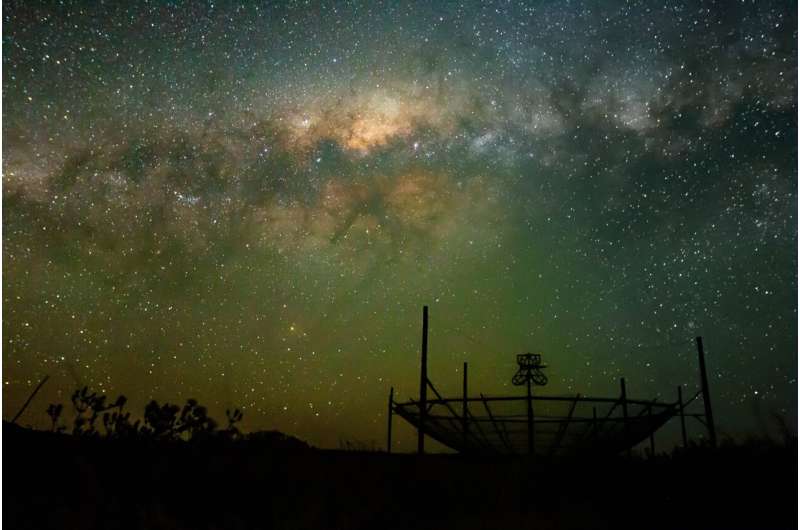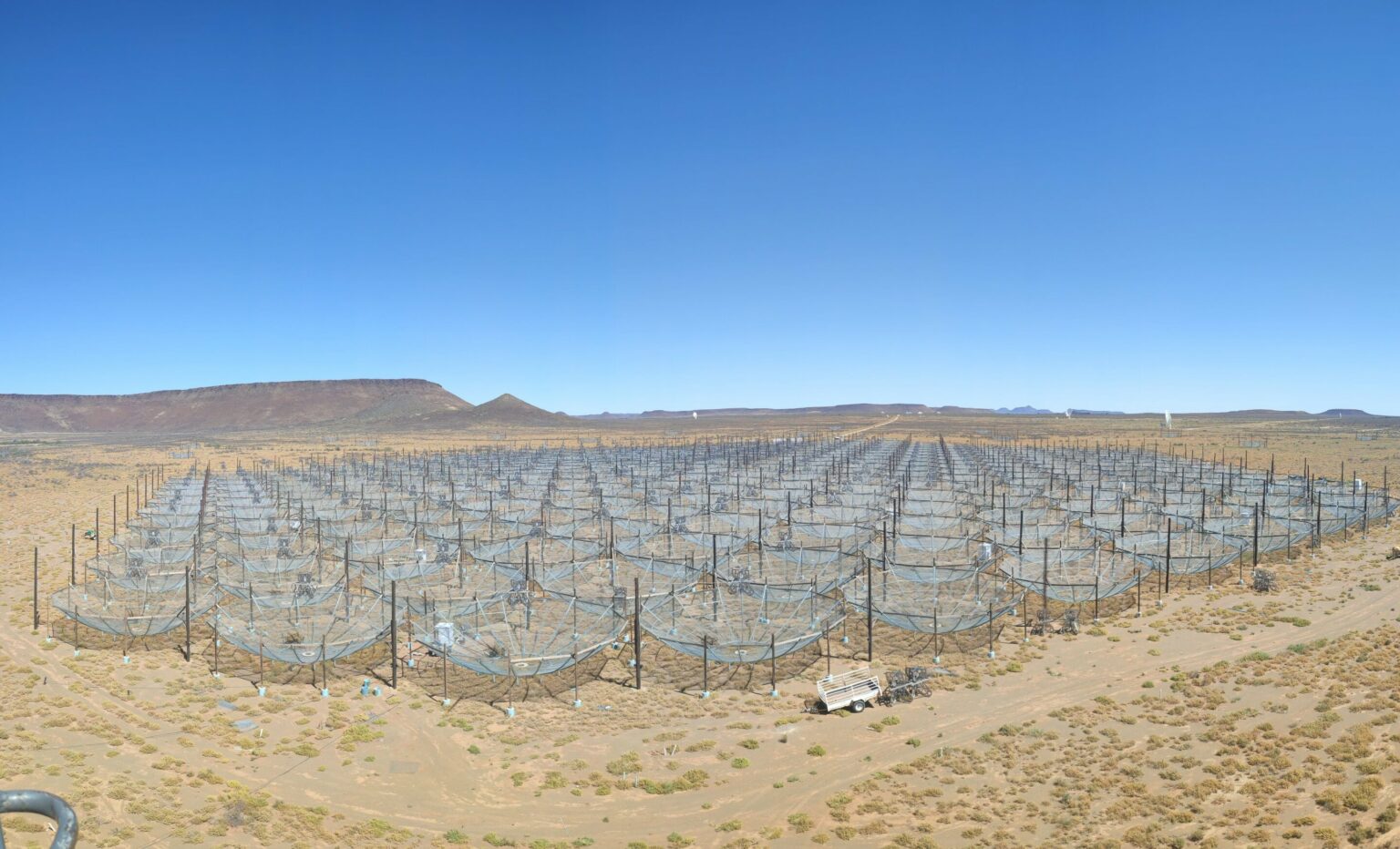Scientists working with the HERA array of radio antennas are going to map bubbles of neutral and ionized hydrogen that existed in the early Universe. This would help to better understand how the first galaxies differed from modern ones.

Mapping hydrogen in the young Universe
Scientists working with the new Hydrogen Epoch of Reionization Array (HERA) radio telescope array have reported the first results of its application. It consists of 350 separate antennas and is designed to study radiation born at the beginning of the existence of the Universe — in the so-called dark ages and the epoch of reionization.
When all the radio antenna dishes are connected to the radio antenna, scientists plan to use them to map “bubbles” of neutral and ionized hydrogen. Moreover, they will study them in three-dimensional space. And since it is interconnected with the time of receipt of the signal, astrophysicists expect to find out how the conditions in the Universe changed between 200 million and 1 billion years from its origin.
And since it was from these bubbles that the first stars and galaxies emerged, this information could be the key to understanding how they looked then and how they differed from modern ones. Other telescopes such as JWST are also studying the early Universe.

But the most modern space telescope sees mostly bright galaxies, while most of them during this period should be dwarf. Therefore, it did not give a complete picture of what the Universe looked like in the first billion years of its existence.
What was the difference between galaxies in the early Universe
The main conclusion that the HERA team has made regarding the difference between galaxies in the early Universe and modern ones is quite logical. Stars and galaxies that existed already 200 million years after the Big Bang had very low metallicity. So, they had significantly fewer elements heavier than hydrogen and helium than now.
In particular, the radiation of galaxies in the X-ray range at the beginning of the Universe should have been different from the modern one. The characteristics of this process determined how hot the gas was in the interstellar medium.
New data indicated that already at the beginning of the epoch of reionization, i.e. about 450 million years after the Big Bang, the gas in the interstellar medium was heated. This is in good agreement with mainstream ideas about this time and makes various alternative theories, such as “cold reionization”, impossible.
According to phys.org
Follow us on Twitter to get the most interesting space news in time
https://twitter.com/ust_magazine

